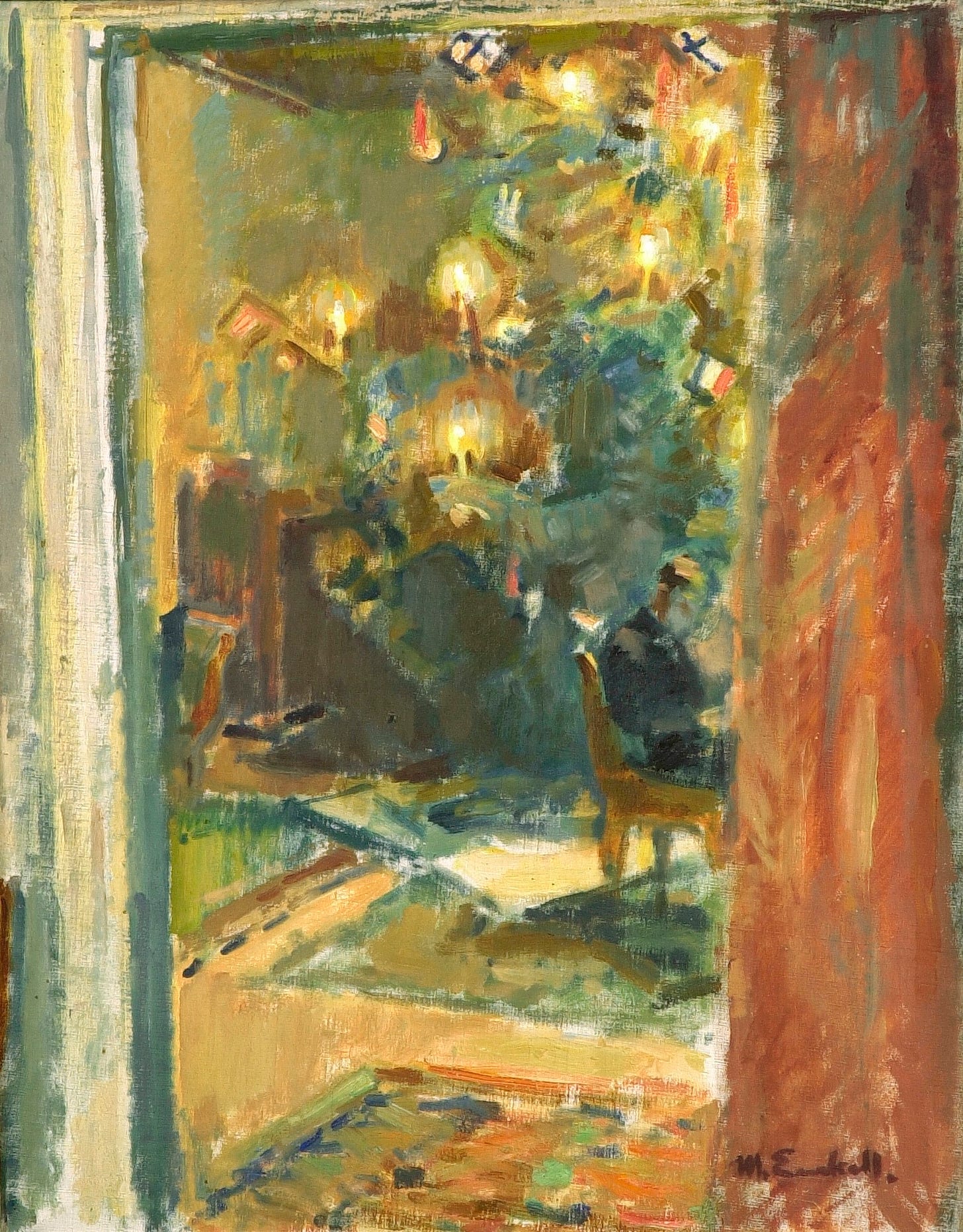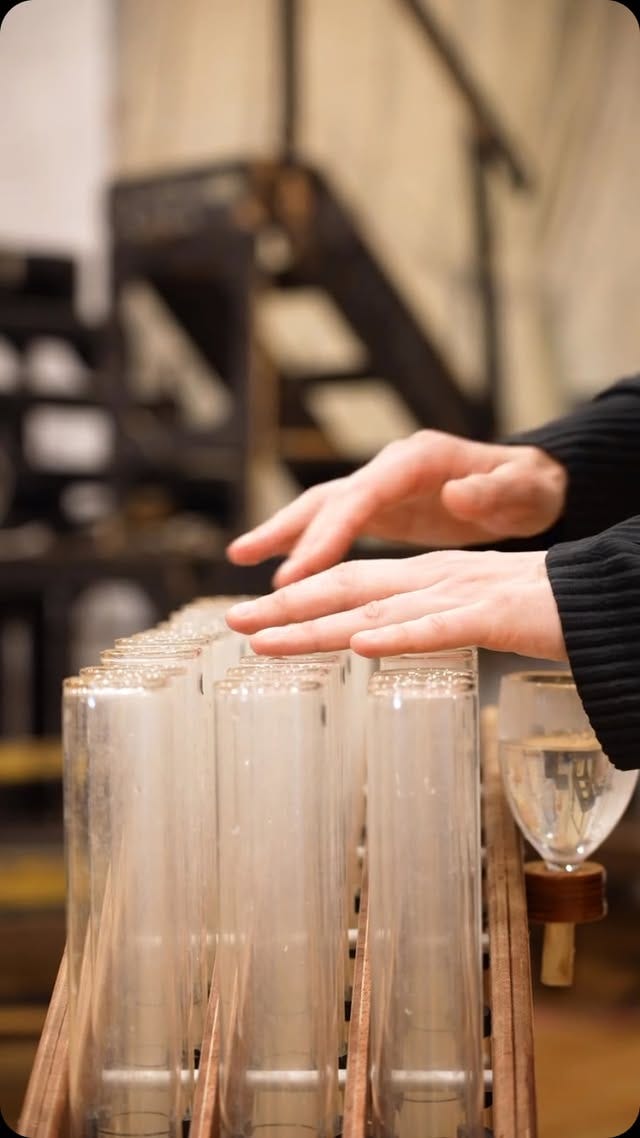Hello. Since the last time we spoke, I have:
Watched New York City Ballet’s annual production of The Nutcracker.
Started reading The Liberal Imagination by Lionel Trilling again after abandoning it for a bit.
Now, the news.
Museums are getting more immersive. This is a trend that The Art Newspaper has been tracking, and it’s only growing in popularity. So what does it really mean? We’re not talking about those projector Van Gogh shows that I find to be a bit gauche; instead, these immersive projects are focused on engagement and education rather than Instagram opportunities. London’s National Portrait Gallery has announced a partnership with Frameless Creative, which produces “immersive experiences,” to create a touring show called Stories – Brought to Life, which will tell narratives behind some of the historic British figures in the Gallery’s collection in a show that will last about an hour.
The goal is to make the Gallery’s work more accessible to those who can’t necessarily visit in person (a smart move considering the high cost of shipping paintings for touring exhibits; despite the technology costs of an immersive exhibit, I would imagine that it’s still cheaper than the more traditional alternative). It also aims to capture the attention of viewers—perhaps a harder task. But an important one nonetheless. “We’re living in a changing world and there is a real need for new experiences that help open up art and culture to new audiences and crucially help ensure that national institutions such as the National Portrait Gallery and their incredible collections continue to be accessible and have cultural significance for the next generation,” Rich Storton, the touring general manager at Frameless, told The Art Newspaper.
Meanwhile, the publication also recently reported that the University of Glasgow is developing Museums in the Metaverse, a virtual reality platform that aims to let viewers (wearing VR headsets) interact with virtual museum collections from participating partners. It’s been a while since we heard about the Metaverse, no? The technology has a planned launch of 2025, and so far has digitized versions of artifacts from National Museums Scotland, Historic Environment Scotland, and the university’s Hunterian Museum. Like the National Portrait Gallery’s immersive project, Museums in the Metaverse is not all intended to eliminate museums; rather, it’s about access (though VR headsets do have a hefty price tag, admittedly). Premium VR content could also give museums another stream of income—which I’m sure many would certainly welcome.
Because when museums have enough money, they can do cool things. In Boston, Mayor Michelle Wu rallied donors to fund an expanded pilot program that will allow “K-12 or Boston pre-K student residing in the city and two guests,” to visit any nine cultural institutions in the city—including the Institute of Contemporary Art, Museum of Fine Arts, and Museum of Science—for free on the first two Sundays of each month, the Globe reported. The program, which ran in a more limited capacity this year (offered only to public school children and including a smaller number of participating institutions) is slated to run through December 2026. But hopefully longer!
Meanwhile, an anonymous donor’s gift of $3.54 million to the Milwaukee Art Museum will make admission free for kids ages 12 and under, in perpetuity. The gift, which Amy Kirschke, the museum’s Barbara Brown Lee Chief Learning and Engagement Officer described as “transformative” when talking to ARTnews, will establish an endowment that allows the institution to continue covering admission for the 20,000 kids who visit each year.
You know what’s less cool? When institutions union bust. Workers at the Seattle Art Museum have alleged that’s exactly what their employer is doing. They’ve been organizing since May 2021, ARTnews reported, and they are still at the bargaining table, all in an effort to get “retirement benefits, a wage system based on seniority, and opportunities for career advancement.” Now, they’ve been on strike for a week. Solidarity!
Also uncool: Institutions losing funding and having to cut hours, and resources, or close altogether, as is happening to many local museums across the U.K. as they lose government funding, Museums Association reported. Why? Budget cuts, dramatic reductions of grant money, and increased costs of building maintenance and repairs.
Getting back to collective action, workers at The Strand, organizing as The Strand Workers Union, went on strike over the weekend after their contract expired on November 28. Key among the union’s demands are increased wages (the floor is currently minimum wage at the New York City store) and increased PTO (management is proposing to lower its current policy of nine days for workers who have been at the store less than three years to just seven days). Don’t cross the picket line, and email The Strand’s owner and COO to show your support for the union.
An organizing success story: After it seemed like the show (The Nutcracker) would not go on, the San Francisco Ballet union has reached a tentative two-year agreement with management. Chief among their demands are wages that “bring the Artists of SFB above the low-income threshold for San Francisco,” protections for stage managers, limited unpaid student labor, and enhanced health and safety protections.
I’ve been learning about some new instruments lately. Which is saying something for a person whose parents are music teachers. I enjoyed The New York Times’s piece on the celesta, featured prominently in Tchaikovsky’s “Dance of the Sugar Plum Fairy,” as well as the Metropolitan Opera’s below post on the glass harmonica, which is featured in the Strauss opera Die Frau ohne Schatten, which I am seeing tonight.
I have another Elgin Marbles update for you and it is that the U.K. and Greece are “close” to a deal that could bring the Parthenon sculptures back home (perhaps in a lending agreement), a former adviser to Greece’s government told the BBC. However, the official account of a recent Downing Street meeting between U.K. Prime Minister Keir Starmer and Greek Prime Minister Kyriakos Mitsotakis did not reveal any insight on the matter.
New Jersey—my home state—has become the most recent state to prohibit book bans in public schools and libraries, protecting librarians against civil and criminal charges, the AP reported. Illinois and Minnesota have enacted similar laws.
Rest in peace Nikki Giovanni. The celebrated poet, who was a prominent figure in the Black Arts Movement of the ’60s and ’70s passed away yesterday at the age of 81. Her final book of poetry, THE LAST BOOK, is expected to come out next year. Spend some time with her poems today, like “Mothers” and “The Laws of Motion.”▲



